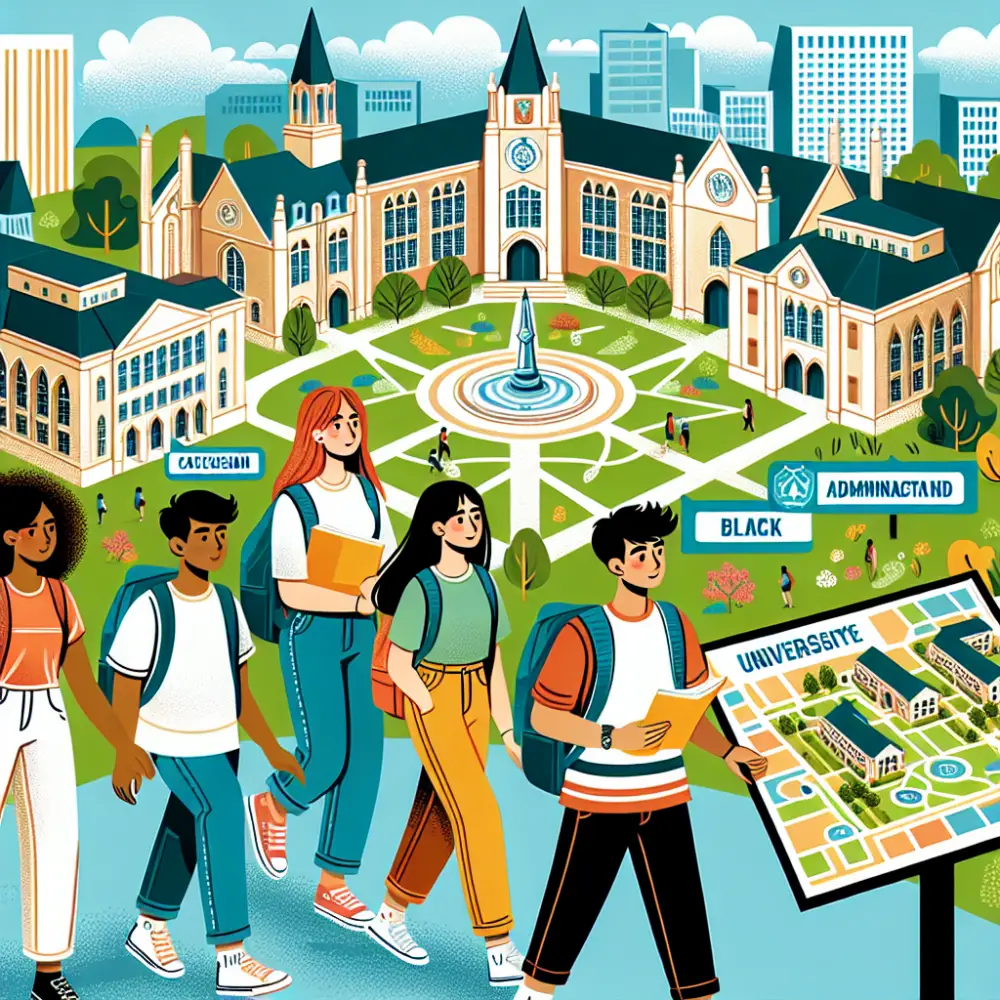
High school and college or university are two important stages of education that prepare students for their future careers and lives. However, they also have many differences and similarities that affect students’ academic and personal experiences. In this article, I will compare and contrast some of the main aspects of high school and college or university, such as the curriculum, the schedule, the environment, the responsibilities, and the opportunities.
The Curriculum
One of the most obvious differences between high school and college or university is the curriculum. In high school, students usually follow a common and standardized curriculum that covers the core subjects, such as math, science, language, and social studies. They also have limited choices of electives, such as art, music, or physical education. In college or university, students have more freedom and flexibility to choose their courses and majors, according to their interests and goals. They can also explore a variety of disciplines and topics, such as philosophy, psychology, or economics.
However, high school and college or university also have some similarities in the curriculum. For example, both require students to take general education courses, such as English, history, or biology, to ensure a well-rounded education. Both also have some prerequisites and requirements for graduation, such as a minimum number of credits, a minimum GPA, or a capstone project. Both also have some optional courses, such as honors, AP, or IB, that offer more challenge and rigor for advanced students.
The Schedule
Another difference between high school and college or university is the schedule. In high school, students usually have a fixed and structured schedule that runs from Monday to Friday, from morning to afternoon. They also have the same classes and teachers throughout the year, and they have a limited number of breaks and holidays. In college or university, students have a more flexible and varied schedule that depends on their course selection and availability. They also have different classes and professors every semester, and they have more breaks and holidays, such as winter break, spring break, or summer break.
However, high school and college or university also have some similarities in the schedule. For example, both have a regular academic year that consists of two semesters or three quarters, with a final exam period at the end of each term. Both also have a similar length of class time, ranging from 45 to 90 minutes, depending on the subject and level. Both also have some extracurricular activities, such as clubs, sports, or events, that take place after class or on weekends.
The Environment
Another difference between high school and college or university is the environment. In high school, students usually attend a local and public school that is close to their home and community. They also have a smaller and more homogeneous student body, with students of the same age, grade, and background. They also have more supervision and guidance from their teachers, counselors, and parents, who monitor their attendance, behavior, and progress. In college or university, students usually attend a distant and private school that is far from their home and community. They also have a larger and more diverse student body, with students of different ages, grades, and backgrounds. They also have more independence and autonomy from their professors, advisors, and parents, who expect them to manage their own attendance, behavior, and progress.
However, high school and college or university also have some similarities in the environment. For example, both have a campus that provides facilities and resources for students, such as classrooms, libraries, labs, or cafeterias. Both also have a culture and a spirit that foster learning, growth, and belonging, such as a mascot, a motto, or a tradition. Both also have some challenges and problems that students face, such as peer pressure, bullying, or cheating.
The Responsibilities
Another difference between high school and college or university is the responsibilities. In high school, students usually have fewer and simpler responsibilities, such as doing their homework, studying for their tests, or participating in their classes. They also have more support and assistance from their teachers, peers, or tutors, who help them with their assignments, questions, or difficulties. They also have more time and space for their personal and social lives, such as hanging out with their friends, playing video games, or watching TV. In college or university, students usually have more and complex responsibilities, such as managing their finances, finding their housing, or planning their career. They also have less support and assistance from their professors, peers, or tutors, who expect them to be self-reliant, self-motivated, and self-directed. They also have less time and space for their personal and social lives, such as balancing their work, study, and leisure.
However, high school and college or university also have some similarities in the responsibilities. For example, both require students to be organized, disciplined, and diligent, to achieve their academic and personal goals. Both also require students to be respectful, honest, and ethical, to follow the rules and policies of the school and society. Both also require students to be adaptable, resilient, and resourceful, to cope with the changes and challenges of life.
The Opportunities
Another difference between high school and college or university is the opportunities. In high school, students usually have fewer and limited opportunities, such as joining a club, playing a sport, or volunteering in a community. They also have less exposure and access to the world and its possibilities, such as traveling, networking, or researching. They also have less impact and influence on the society and its issues, such as voting, advocating, or innovating. In college or university, students usually have more and diverse opportunities, such as studying abroad, interning in a company, or conducting a project. They also have more exposure and access to the world and its possibilities, such as meeting, collaborating, or learning from people of different cultures, backgrounds, and fields. They also have more impact and influence on the society and its issues, such as leading, creating, or solving problems.
However, high school and college or university also have some similarities in the opportunities. For example, both offer students a chance to learn, grow, and discover themselves and the world, through their courses, activities, and experiences. Both also offer students a chance to make a difference, contribute, and give back to the society, through their skills, knowledge, and values. Both also offer students a chance to prepare, transition, and succeed in their future careers and lives, through their education, training, and development.
Conclusion
High school and college or university are two different but similar stages of education that have many differences and similarities in their curriculum, schedule, environment, responsibilities, and opportunities. These differences and similarities affect students’ academic and personal experiences, and shape their success and happiness. I hope that by comparing and contrasting these aspects, I can help you understand and appreciate both high school and college or university, and make the most of your educational journey.












